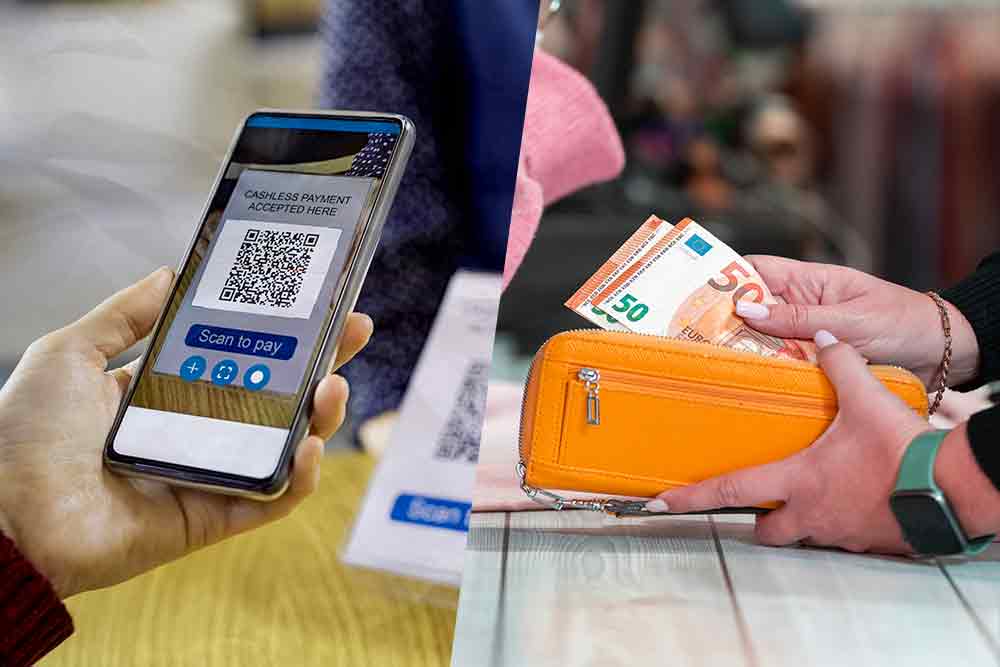Personal Finance
Cash or Cashless? Learn Why Both are Necessary


The convenience of using cashless payment methods can’t be denied. In this day and age, having an e-wallet like GCash and Maya is a must-have for anyone today. With just a scan of a QR code, you already paid for your purchase.
However, bringing in physical cash is still essential here in the country. Cash is still the primary mode of payment in most stores and services, especially when riding public utility jeepneys (PUJs) or buying something from a sari-sari store.
Both Cash and Cashless are still necessary and here’s why:
When to Go Cashless:
- Convenience – One of the primary advantages of cashless transactions is their convenience. Whether you’re shopping online, paying bills, or simply making digital payments at your convenience store, cashless options can save you time and reduce the need to carry physical cash.
- Security – Cashless payments often offer enhanced security compared to carrying large sums of cash. Digital transactions are trackable, and you can set up alerts for suspicious activity, adding an extra layer of protection to your finances.
- Record Keeping – Going cashless leaves a digital trail of your transactions, making it easier to track and manage your spending. This can be a valuable tool for budgeting and financial planning.
- Contactless Payments – During health crises like the COVID-19 pandemic, contactless payment methods, such as mobile wallets or contactless cards, gained popularity for their ability to reduce physical contact and the potential spread of germs.
- Rewards and Discounts – Many credit cards and digital payment apps offer rewards, cashback, or discounts for using their services. Over time, these benefits can add up and save you money.
- Online Transactions – Cashless payments are essential for online shopping and digital services like ride-sharing, streaming subscriptions, and online bill payments.
- International Travel – When traveling abroad, using cashless options like credit/debit cards or prepaid travel cards can be more convenient than dealing with foreign currency exchanges.
When to Use Physical Cash:
- Privacy – Physical cash transactions are inherently private. They leave no digital trail, making them the preferred choice for those who value financial privacy.
- Small Businesses – Some small businesses, street vendors, or local markets may not accept cashless payments — the use of physical cash is still necessary for these transactions.
- Emergency Situations – It’s wise to carry a reasonable amount of cash in case of emergencies, particularly when electronic payment methods are unavailable due to technical issues or power outages.
- Budget Control – For some individuals, using physical cash helps them stick to a budget as it provides a tangible sense of money leaving their wallets, promoting mindful spending.
- Avoiding Fees – Certain businesses may impose additional fees for using credit/debit cards or digital payment methods. Opting for cash can help you avoid these extra charges.
- Limited Acceptance – In provinces or areas with limited internet connectivity, paying cashless would be difficult.
Going cashless or using physical cash is based on your unique circumstances and personal preferences. Many people find a balance between the two, using cash for certain transactions and going cashless for others to enjoy the benefits of both options. Understanding when each method is most suitable, you can make informed choices that align with your financial goals and lifestyle. (ASC)

































